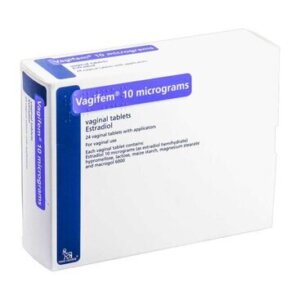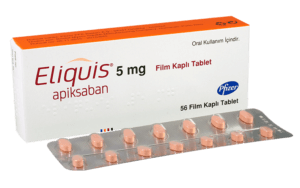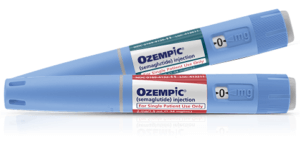If a person is subjected to partial-onset (focal) epilepsy, then a doctor will likely prescribe an anti-epileptic drug, otherwise known as an AED. According to the Epilepsy Society in the UK, 70% of epilepsy people subject to epilepsy can obtain complete seizure control by using AEDs. Sometimes treatment is via monotherapy, and sometimes an adjunctive therapy like Keppra is also used.
For people who have epilepsy, different types of seizures can occur. So, because not all seizures are the same, not all AEDs have the same effect. There are more than 20 different AEDs available on the market today. Different anti-epileptic drugs treat different causes, so it’s important to understand which type of AED will help the most.
Keppra is a commonly prescribed anti-epileptic adjunctive drug. It’s widely prescribed for people who have been newly diagnosed and is normally used alongside another therapy as a way to improve the prognosis. It is also prescribed to patients whose current treatment program is ineffective, as it works to increase seizure control alongside the main therapy. It’s a common choice as it does not interfere with other antiepileptic drugs being used.
Treating tonic-clonic seizures with Keppra
Keppra contains the active ingredient levetiracetam. While the main use is to help partial onset (focal) seizures, Keppra can also be used to treat younger people when they sufferer myoclonic seizures (juvenile myoclonic epilepsy). It’s also useful in treating generalized epilepsy when the sufferer has primary generalized tonic-clonic seizures. For treatment in these areas the patient should over 12 years old.
When taking Keppra, the person may experience some side effects including headaches, dizziness, nausea, nasal and throat inflammation, somnolence, stomach aches and vomiting, depression, mood swings and fatigue.
About partial onset (focal) seizures
Another type of adjunctive therapy used to treat partial onset (focal) seizures is a drug called Lyrica. It’s a different kind of adjunctive therapy as it’s not an anticonvulsant. Seizures originate from abnormal activity in the brain. While Keppra helps convulsions caused by these brain seizures, Lyrica helps with the pain management. It’s more commonly associated with treating neurological pain that occurs with conditions like shingles, fibromyalgia, spinal cord injuries and diabetic peripheral neuropathy. The active ingredient is pregabalin and it can also help patients who experience partial Epileptic seizures (with or without secondary generalization).
Both Keppra and Lyrica are prescription medications that require close monitoring by your medical practitioner.















